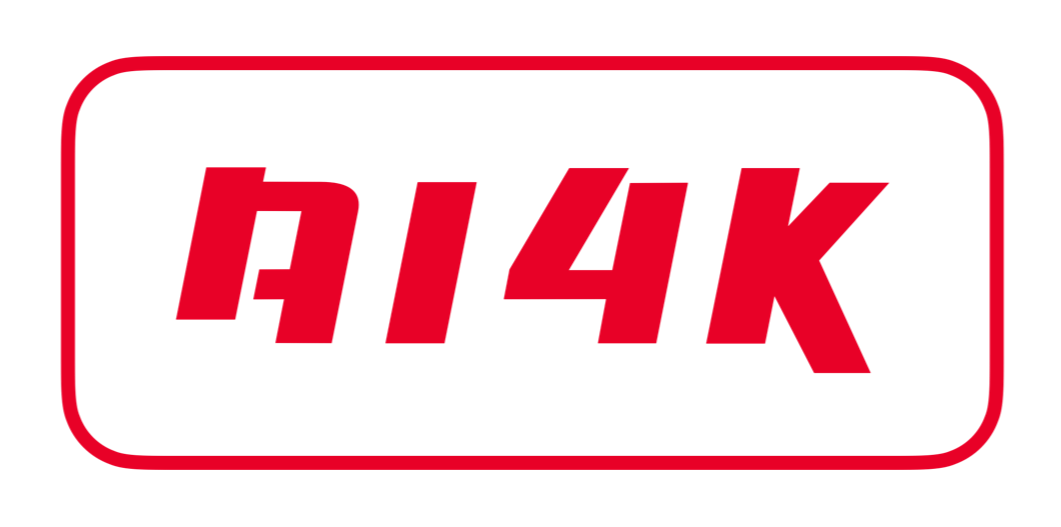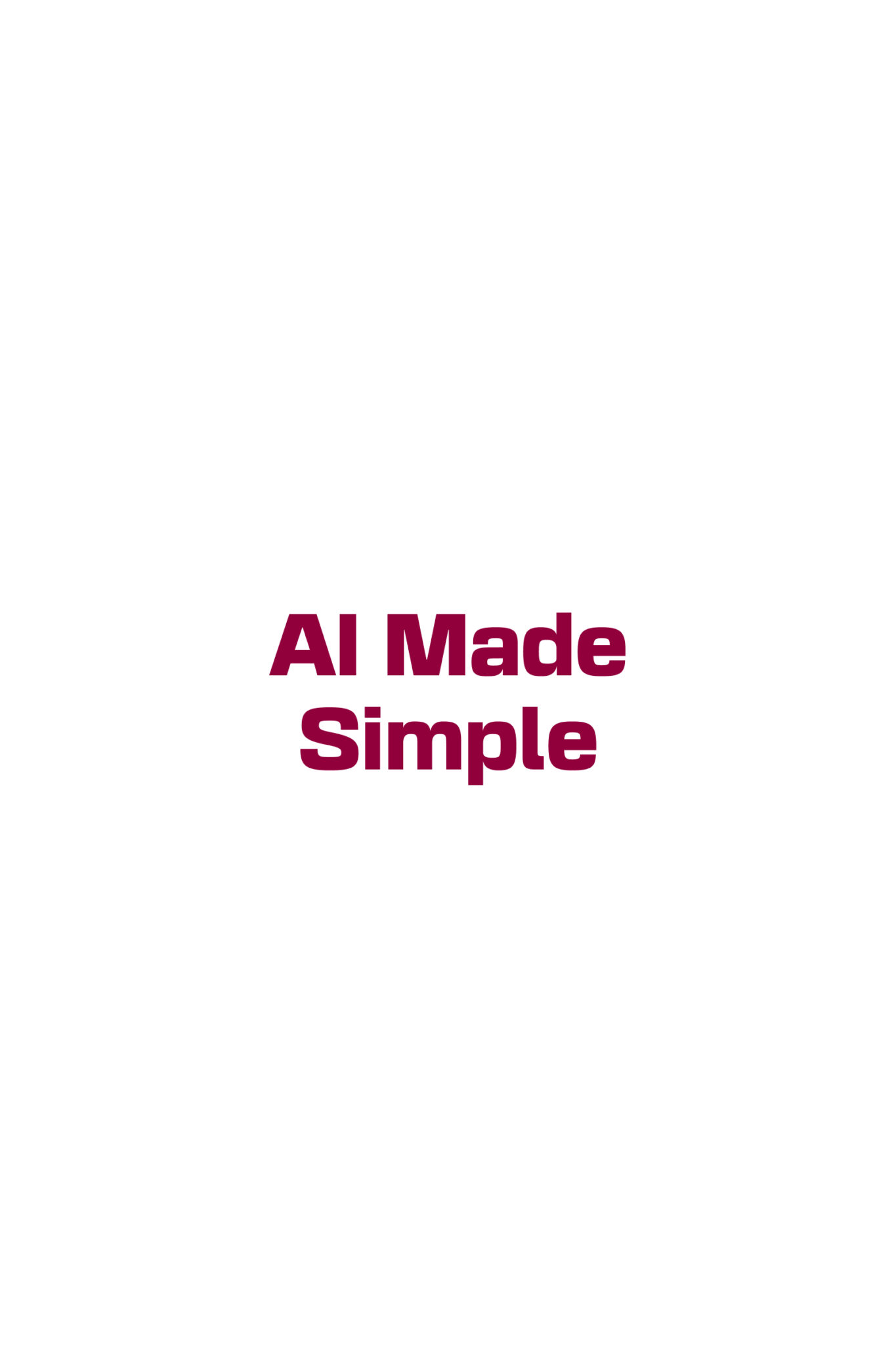Introduction
When you run a business alone—or with a small team—it can feel like every decision lands on your desk. Every design, every page, every update. You’re the planner, the copywriter, the strategist, and the designer. That can feel overwhelming. But here’s the good news: you don’t need a big team to produce thoughtful, clear, high-quality work. What you need is a strong creative process and a smart approach to design. In this post, we’ll look at two ideas that can help you build better websites and stronger brands, even if you’re working solo:- Thinking like a team, even when you’re not one
- Focusing on clarity, quality, and simplicity in your design process





